Blog
What You Can Expect During the Roof Installation
The need to repair or replace your roof has been ranked as the most stressful remodeling project for homeowners. After you've picked a reliable roofing company and estimated the cost of replacing your roof, you've arrived at the final stage of the process: It's time for the installation of your roof to commence.
You've put aside the worry of not knowing how what the extent of roofing damage will be or the cost, or even how to submit a claim to your insurance company, contemplating what it's like to experience the stress of an entire roof remodel and planning for it can be equally difficult. What are you able to expect?
In this post, we will discuss the process of installing a roof, what will be involved, and how to make preparations.
This is the Roof Installation Process Step by Step
In general, the process of roof installation and activation will follow this procedure:
Inspection and planning
Timeframe: 1-3 weeks
To assess the scope of the roof's installation, your roofing company will perform the inspection on your existing roof. Once you have completed the inspection, the contractor will be able to give you an estimate as well as the details of the work.
Permitting
Timeframe: 2-4 weeks
Based on the location you reside in, your contractor may need to get permits in order to finish an installation of a roof. The contractor will handle the permit process; however, this could affect the timeline for the project.
Installation
Timeframe: 1-7 days
Once you have received your approval, the roofing contractor will start work. This will include ordering the roofing materials and finalizing your plans. Based on what size your roof is, installing could take anywhere from a day to an entire week. The best part? You'll probably be able to remain in your home as the event takes place, but be ready for some noise.
Disposal
Timeframe: 1 day
The roof replacement you are planning will require the disposal of the shingles you currently have. The process will also generate particles, such as packaging as well as old screws. The contractor will be responsible for hiring dumpsters and scheduling the removal of all materials.
Factors that Influence Roof Installation
Whatever the level of preparation you and the contractor have been for roofing construction, there could be unexpected problems or delays. These could result in increased expenses or delay in the timeline of your project. A few of the most frequent unexpected problems with roof installation are:
The Roof of Your House Should Be Up To the Code
Your roof might have been constructed to comply with old building codes that do not apply to the new construction. Repairs that are required could extend the time of your roof's construction.
Pests and Mold
Particularly in humid areas, mold and termite damage could be discovered during a roof replacement. It doesn't matter if it's decay or insects; the issue will have to be dealt with before new shingles are installed.
Poor roof design can lead to water traps
Water traps are an incredibly common problem that homeowners are usually unaware of until the time for a roof replacement. Water traps are locations that are susceptible to leaks because of runoff areas that channel the majority of water into one location. Water traps can cause more wear and tear on your roofing shingles, as well as other components such as brick or siding. If you find out that your contractor is aware of this issue, expect additional time to address the issue.




